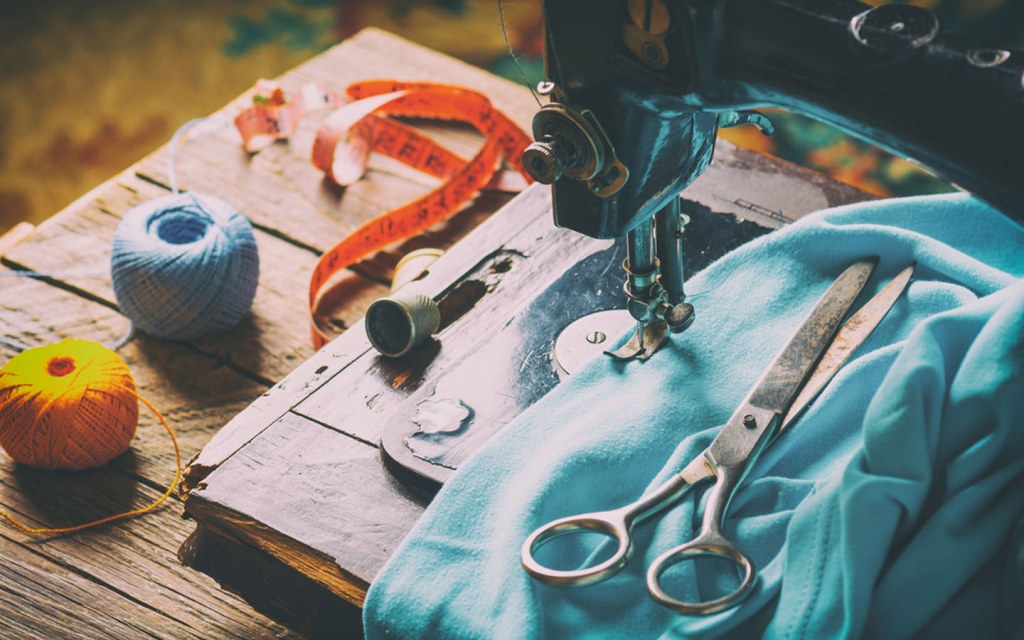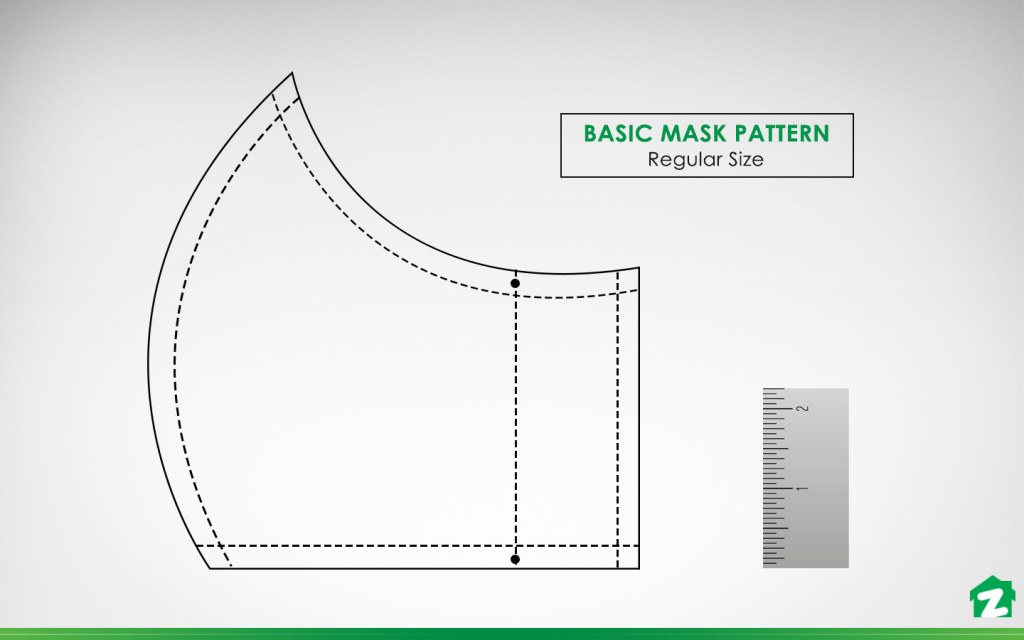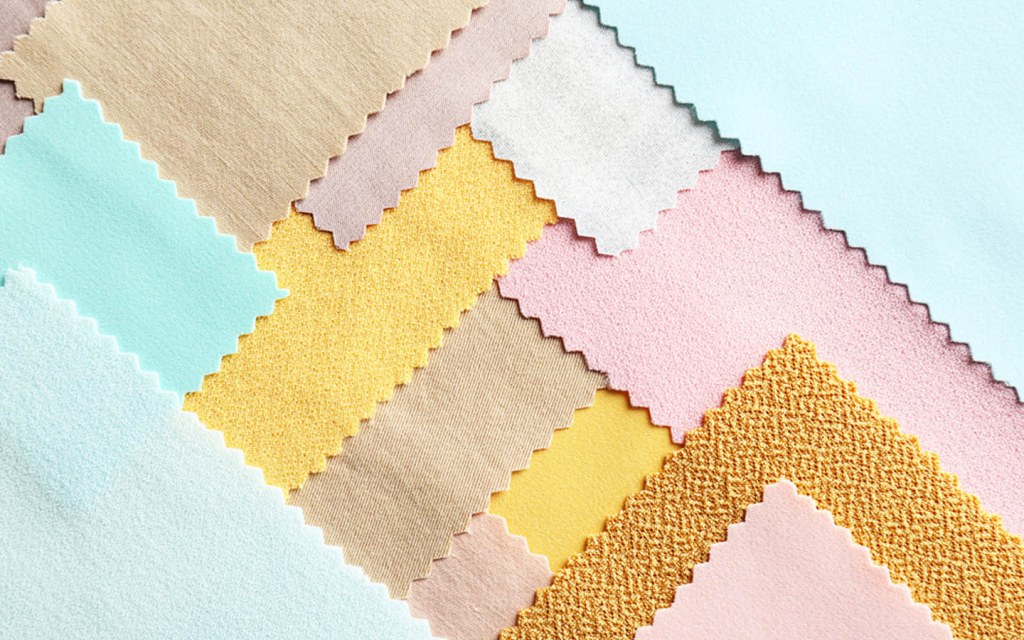In This Post:
Things Required for Homemade Fabric Mask
Fabric for Mask
When Should You Wear a Face Mask?
How to Wear a Protective Face Mask Properly?
Are you looking for an easy guide to make a homemade mask for better protection against the Coronavirus? Well, before we say anything else, we’d like you to know that you have landed on the right page.
Right after the World Health Organisation declared the Coronavirus a pandemic on 11th March 2020, people from all over the world rushed to markets and pharmacies to buy face masks, antibacterial hand-wash, and alcohol-based hand rubs. With a sudden unexpected hike in demand, nationwide grocery stores and pharmacies ran out of supply.
So, if you are looking for an economical alternative to a face mask in Pakistan that works perfectly, then here’s the best method of making a DIY face mask at home.
Let’s get stitching!
Use a Cloth to Make a Face Mask at Home!
It is no secret that face masks are in huge demand right now, especially after the Coronavirus pandemic. You can also better protect yourself and your loved ones with our easy homemade face mask.
Please keep in mind that homemade face masks are not a complete alternative for surgical masks, and they might not be as effective as the ones used by medical professionals. Also, you will need fresh or recycled pieces of fabric and a sewing machine to make a DIY face mask at home.
Things You Will Need to Make a Homemade Mask for Protection

As mentioned earlier, you will need a fresh piece of fabric and a sewing machine to make a homemade face mask for better protection against the Coronavirus at home. This is a doubled layered and fitted face mask, and there’s a pocket between both layers to provide additional filters. Here’s a list of supplies you will need to make the mask:
- 9”x15” fabric for the inner layer
- 9”x15” fabric for the outer layer
- 3” piece of soft wire
- 22” of elastic cord
- Sewing machine and threads
- Pins and chalks
Once you have gathered all the supplies, follow these steps to make a DIY Coronavirus face mask at home:
- Step 1: Print out the picture shared below at actual size on an 8.5” x 11” paper and cut out the patterns.
- Step 2: Fold both the fabric [outer and inner] and trace the dotted pattern from paper to the wrong side of the fabric with chalk. Cut out the fabric on the same pattern. Sew the centre curves of the outer layer, right sides together. Repeat the same with the inner layer.
- Step 3: Clip the curved seam at about 1/2” intervals, not all the way down to the seam.
- Step 4: Pin the right sides of the outer and inner fabric layers facing each other.
- Step 5: Sew all the way around the edges, leaving only 1.5” gaps on the bottom edge. Once you have done it, turn the right side out and press gently.
- Step 6: From ½” down the edge and 2” each side of the centre seam, sew the wire channel. Slide down the wire into the wire channel and stitch the ends.
- Step 7: Topstitch around 1/8” of the entire mask carefully.
- Step 8: Lay the mask on the table with the lining side up.
- Step 9: Fold 1” of each end of the mask towards the centre and pin.
- Step 10: Now make elastic channels.
- Step 11: Cut the 22” elastic into two equal pieces. Feed the [11”] elastic on the right and left sleeves using a wire needle or a small pin.

These marks are reusable, so we recommend that you make at least three masks per person. Wear one while the other is being washed, and keep one for spare. Wash these masks separately from your laundry with antibacterial detergents.
Best Fabric for Making a DIY Face Mask for Protection at Home

For making a Coronavirus homemade mask, you can choose any tightly woven cotton you like. You can easily determine the weave of the cloth by holding it up to the light. Make sure that the fabric you are using doesn’t allow the light to pass through easily. If it does, the germs are more likely to pass easily, too. According to experts, a cotton cloth provides better protection against germs as compared to other materials. Do not use velvet, stretchy, squinted, or torn out fabrics.
Further, you can use the same patterns for the outer and inner layer, but make sure that you remember which side is up and which is down.
Now that you have all the information about making a homemade protective mask, let’s find out when you should wear a face mask in light of the recent global pandemic.
When Should You Wear a Face Mask?
Do protective face masks really work against the Coronavirus infection? Well, we have all asked this question to ourselves at some point, and some of us have even Googled it, too. According to the official website of the World Health Organisation, face masks provide protection in the below-mentioned cases:
- Protective face masks work as a shield between a sick and a healthy individual. If you have been coughing, sneezing, or showing any symptoms of the new global pandemic, you should wear a protective mask to prevent infecting other people.
- You should wear a mask if you are taking care of a person who has been diagnosed with COVID-19.
Further, the health officials at the WHO suggest that protective face masks are only effective if they are used in combination with frequent hand-washing with soap and water and cleaning with alcohol-based hand sanitisers. Also, if you are wearing a surgical mask, you should know that those are disposable, and you should be aware of how to handle them and dispose of them properly.
How to Wear a Protective Face Mask Properly?
Once you have understood how and when you should wear a protective face mask, the next step is to comprehend the correct method of wearing one. Here are a few things that you should practice:
- Sanitise or wash your hands with alcohol-based hand rub or soap and water before putting on a mask.
- The mask must cover your mouth and nose.
- Make sure the mask fits perfectly, and there are no gaps between your face and the mask for the germs to enter your mouth or nose.
- When you are wearing a mask, avoid touching it [without gloves].
- Remove the mask from behind without touching the front [if you are not wearing gloves]. Discard the mask immediately in a closed trashbin.
- Wash your hands with antibacterial soap and clean water.
In case you are using a surgical mask, remember that those are made for single-use, and you should immediately discard the mask properly. Replace the mask with a new one once it is damp.
This brings us to the end of our post on a DIY face mask at home for protection against germs and viral diseases. For the latest updates on the Coronavirus pandemic in Pakistan and how to stay safe during a viral epidemic, keep visiting Zameen Blog.
If you found the information useful, let us know at blog@zameen.com. Subscribe to our newsletter to get the latest updates delivered directly to your inbox.
Disclaimer: Zameen.com does not guarantee in any way that this mask will protect you from any viral disease or COVID-19. We have gathered all the information from trusted sources to bring you everything in one place. It is just a part of precaution, so use it at your own risk.



